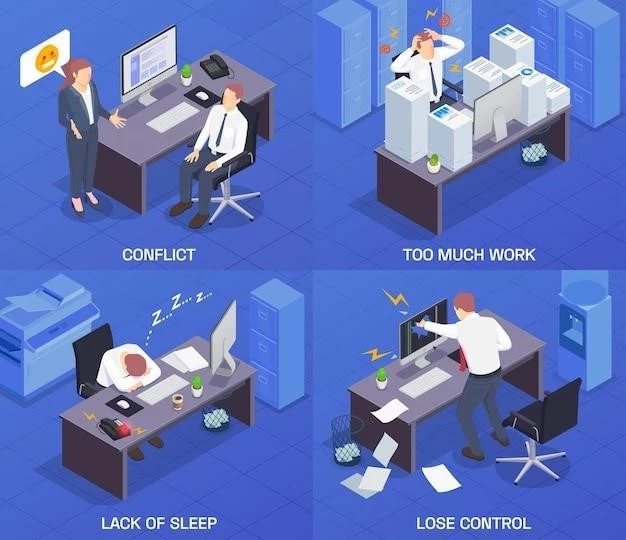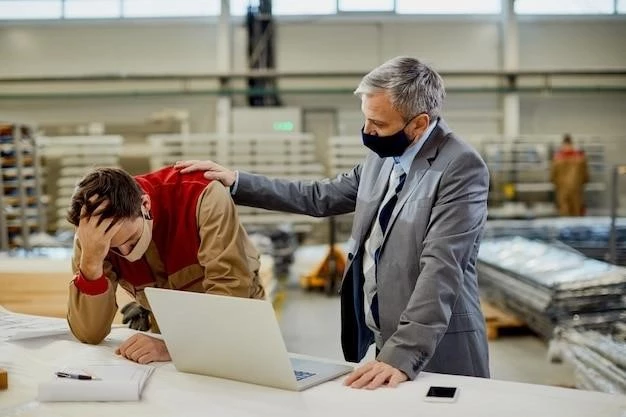Workplace fatalities are a tragic reality across the globe, impacting individuals, families, and industries alike․ Understanding the leading causes of these incidents is crucial for developing effective safety protocols and preventative measures․ This article delves into the most common causes of workplace deaths, drawing upon data and insights from reputable sources such as the Occupational Safety and Health Administration (OSHA) and the Bureau of Labor Statistics (BLS)․

1․ Transportation Incidents
Transportation-related incidents consistently rank as the leading cause of workplace fatalities․ These incidents encompass a wide range of events, including:
- Vehicle Collisions: Accidents involving cars, trucks, and other vehicles pose a significant risk to workers, particularly those in transportation, logistics, and construction industries․
- Worker Struck-by Incidents: Workers being struck by vehicles, mobile equipment, or falling objects within a work zone are a major concern․ This emphasizes the importance of high-visibility clothing, designated safe zones, and proper traffic management․
- Rollover Accidents: Vehicles overturning, especially in industries like agriculture, construction, and mining, can lead to severe injuries and fatalities․
2․ Falls, Slips, and Trips
While seemingly less severe than transportation incidents, falls, slips, and trips contribute significantly to workplace deaths․ These incidents can occur due to:
- Working at Heights: Construction, roofing, and maintenance workers face significant risks when working at elevated levels․ Proper fall protection equipment and training are essential․
- Slippery Surfaces: Wet floors, spills, and icy conditions can lead to falls․ Maintaining clean and dry surfaces, using appropriate signage, and wearing slip-resistant footwear are crucial preventative measures․
- Tripping Hazards: Obstructed walkways, uneven surfaces, and trailing cables create tripping hazards․ Keeping work areas clear and well-lit is essential․

3․ Contact with Objects and Equipment
Workplace fatalities often result from workers coming into contact with objects and equipment․ Common scenarios include:
- Struck-by Incidents: Workers being struck by falling objects, swinging loads, or moving machinery parts highlight the importance of securing loads, establishing safe zones, and using machine guards․
- Caught-in or -Between Hazards: Workers becoming trapped in machinery, crushed between objects, or caught in collapsing structures emphasize the need for lockout/tagout procedures, proper training, and safe work practices around heavy equipment․
4․ Violence and Other Injuries by Persons or Animals
Tragically, workplace violence contributes to a significant number of fatalities․ This category includes:
- Homicides: Workers in retail, healthcare, and late-night establishments may be at a higher risk․ Implementing security measures, providing de-escalation training, and fostering a safe work environment are crucial․
- Animal Attacks: Workers in agriculture, forestry, and animal control face risks from animal interactions․ Proper training, protective equipment, and understanding animal behavior are essential․
5․ Exposure to Harmful Substances or Environments
Exposure to hazardous substances and environments poses long-term health risks and can lead to fatalities․ Key areas of concern include:
- Chemical Exposure: Workers in manufacturing, agriculture, and construction may encounter hazardous chemicals․ Proper ventilation, personal protective equipment (PPE), and strict handling procedures are vital․
- Asbestos and Silica Dust: Exposure to these materials, often found in construction and mining, can lead to serious respiratory illnesses․ Engineering controls, respiratory protection, and regular health monitoring are crucial․
- Extreme Temperatures: Workers in outdoor environments or near furnaces face risks from heatstroke and hypothermia․ Providing shade, hydration, and appropriate clothing is essential․
Conclusion
Preventing workplace fatalities requires a multi-faceted approach involving employers, employees, and regulatory bodies․ Implementing robust safety protocols, providing comprehensive training, promoting a culture of safety, and consistently enforcing safety regulations are crucial steps toward creating a safer work environment for everyone․ By understanding the common causes of workplace deaths, we can work collectively to mitigate risks and prevent future tragedies․










